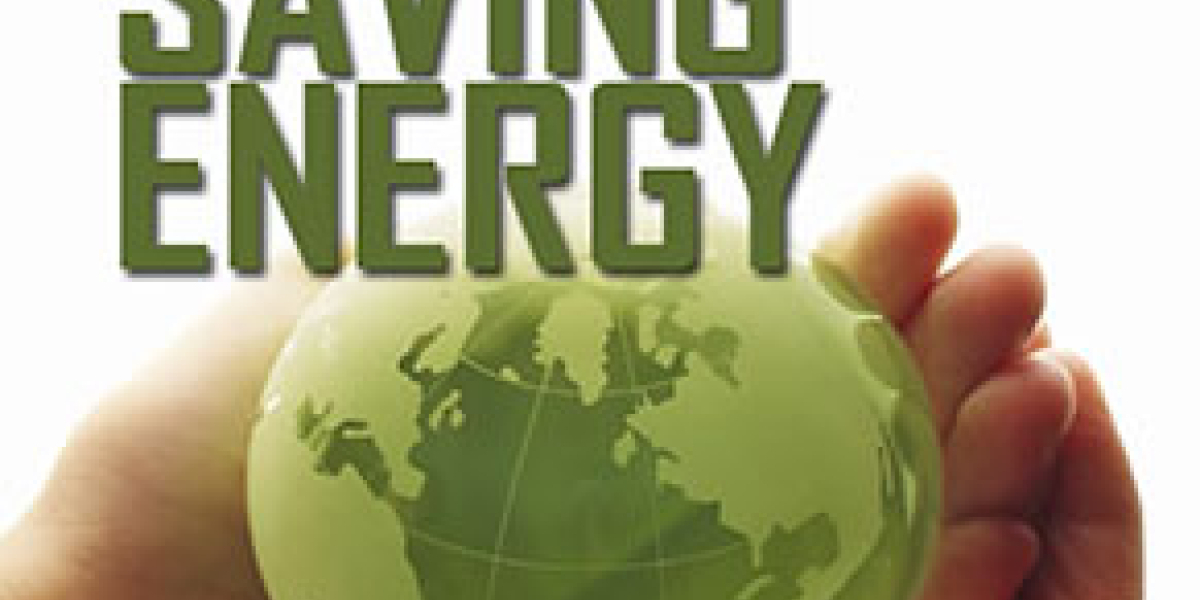Improving Energy Efficiency in the Lab

Fume hoods get a reputation for being major energy hogs, but as this article mentions, there are things that can be done to lower the amount of energy exhausted while the hood is not in use. The best way to have an energy efficient lab is to use high performance fume hoods with VAV systems. Variable Air Volume (VAV) systems can operate based on sash position height so that when the sash is lowered, the amount of air exhausted is also lowered. Another smart accessory that can be added to that system is an automatic sash positioning sensor. This feature has a motion sensor that detects when a user is in front of the fume hood and can automatically lower the sash when there is no motion detected. Pair a fume hood that works on a VAV system along with an automatic sash position sensor and you have an energy winning combo!
The article explains that laboratories use much more power than conventional office settings:
Energy demand and utility costs in laboratory buildings are very high — they can require 5 -10 times more energy per square foot than a typical commercial office building. Given all the scientific equipment and technology found in modern research labs, this isn’t hard to imagine.
Read the entire article, "Improving Energy Efficiency in the Lab" by Daniel Bertoldi.
| chevron_left | Cyanoacrylate Fuming Tutorial: Understanding the Variables | Articles | Biosafety cabinet human factors design | chevron_right |






